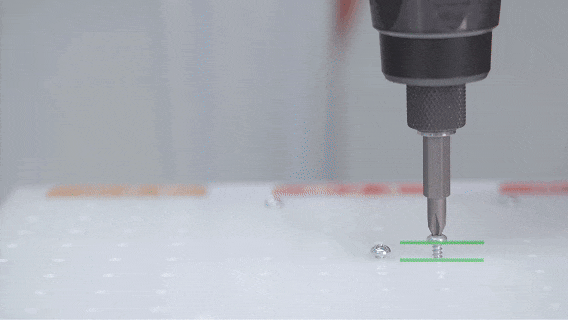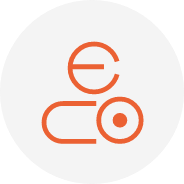Say goodbye to loose screws, missed screws, and stuck screws, and achieve reliable assembly of domain controllers.
In new-energy vehicles the domain controller is literally the “super-brain”: it centrally processes data and logic for the core functional domains—autonomous driving, body electronics, power-train, etc.
In automated-driving applications in particular it fuses sensor data, runs algorithms and issues control commands, making it the cornerstone of any self-driving function.

Challenges during domain-controller assembly
A typical controller contains PCBA, harness, IGBT modules and an aluminium housing, all joined by screws.
From automatic screw feeding to final tightening every step has its own pitfalls:
Floating screws (false mates) – especially on the PCBA, where a screw that appears tight is actually loose, creating a latent safety issue.
Human error – harness studs are still tightened manually; repeated or missed tightenings are common, cutting efficiency and hiding quality risks.
Pre-applied adhesive (patch) screws – the adhesive contaminates feed rails and causes chronic jams.
Smart error-proofing to eliminate “floating screws”
Sensorised nut-runners monitor the joint in real time and use seating-torque strategies to detect and cure floating screws.
A one-click error-proofing package covers head-height detection, cross-thread detection and duplicate-run detection, lowering set-up effort and increasing robustness.

Solution highlights
High-accuracy tightening: 6 σ ≤ ±5 % over the full torque range.
Advanced strategies: seating-torque, yield-point, synchronous multi-spindle, etc., guarantee optimal clamp load on every screw.
Rich connectivity: OPC-UA, field-bus, TCP/IP, Modbus-TCP, HTTP and digital I/O options fit any line-integration requirement.
Manual stations can be “fully closed-loop” too
An assembly-guidance system, a counting drum feeder and a positioning arm give manual stations the same closed-loop control as automated ones: the right screw, in the right place, with full traceability.
Assembly-guidance system – drives external devices with logical interlocks, forcing the operator to follow the correct sequence.
Positioning arm – pre-teaches XYZ coordinates for every screw, making wrong or missed positions impossible.
Counting drum feeder – dispenses exactly the programmed number of screws; no drops, no omissions.

Solution highlights
Visual work-flow: graphical UI and standardised instructions make the task intuitive.
Poka-yoke: the system automatically switches to the next spindle position, eliminating human slips.
Full traceability: torque curves and results are captured in real time and stored for later retrieval.
Even pre-glued screws run “without a hitch”
A cascade (step) feeder, specially treated rails and optimised control logic neutralise the slowdown caused by oil or adhesive.
Adaptive rail technology keeps screw pitch and line speed constant; the separator’s in-position sensor closes the motion loop and prevents cut failures that lead to jams.

Solution highlights
Ultra-low jam rate: ≤ 1/20 000 for standard screws, keeping takt time and OEE high.
Clean feed: meets electronics-grade cleanliness requirements.
Modular options: add-on functions can be retrofitted any time.
Enabling intelligent driving—starting with the reliable tightening of every single screw.
As a safety-critical ECU, the domain controller’s build quality directly affects vehicle safety and performance.
Desoutter continues to focus on intelligent tightening and automatic feeding technology, delivering ever more reliable and smarter assembly solutions that help the automotive industry advance.
If you encounter other problems while assembling domain controllers, please contact us through our official service account for immediate professional support.














